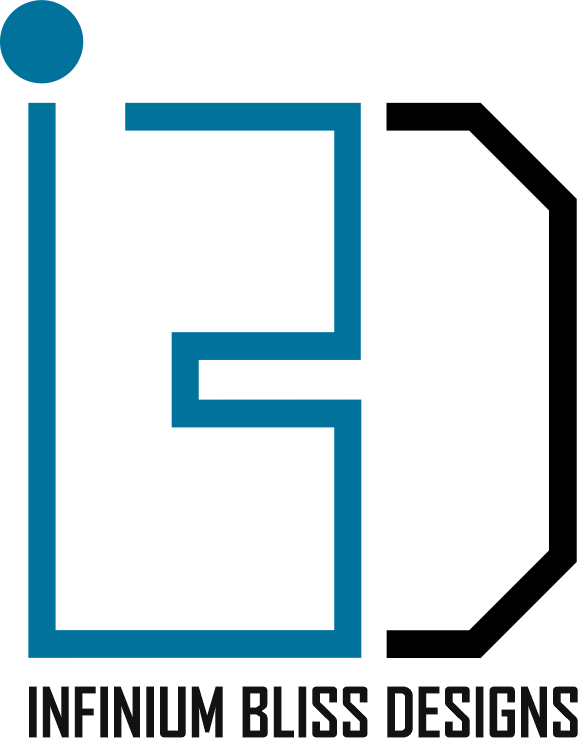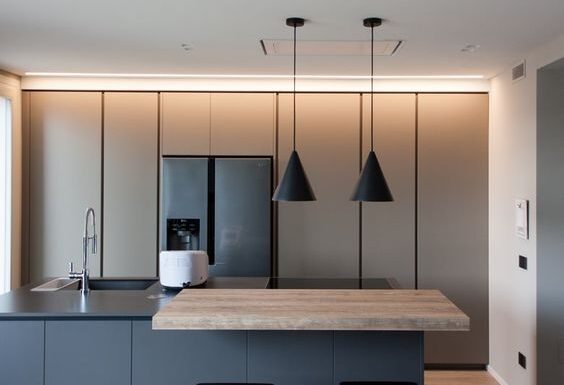Modular kitchens have revolutionized the way we design and utilize our cooking spaces. With their sleek aesthetics, customizable layouts, and smart storage solutions, modular kitchens offer a seamless blend of style and functionality. Join us as we delve into the world of modular kitchens and explore tips and ideas to help you create a well-organized and efficient culinary haven.
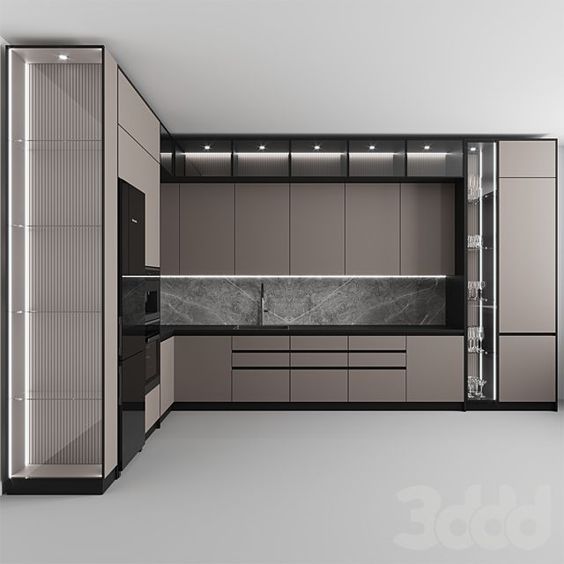
1. Assess Your Needs:
Before diving into the design process, evaluate your cooking habits, storage requirements, and workflow. Consider factors like the number of people using the kitchen, your cooking style, and the types of appliances and utensils you frequently use. This assessment will help you design a modular kitchen that caters to your specific needs.
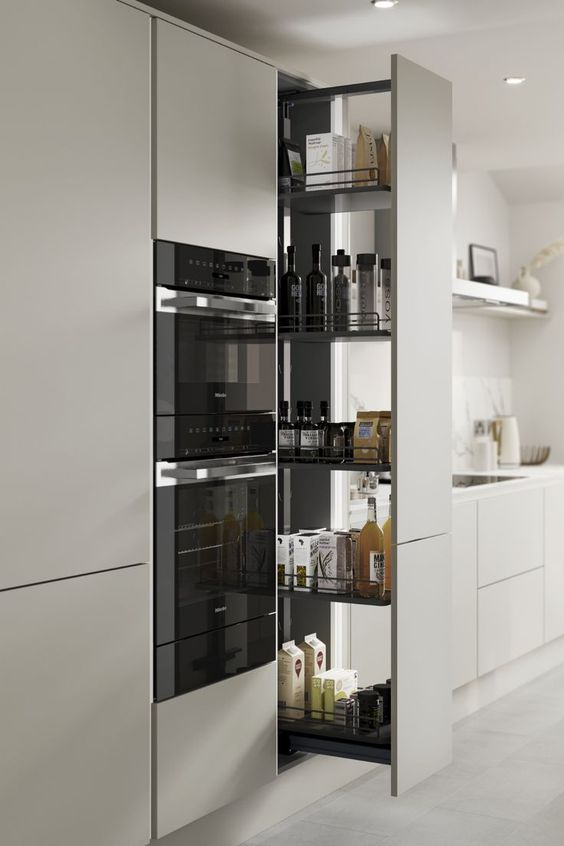
2. Optimize Layout and Workflow:
Efficiently utilizing available space is crucial in a modular kitchen. The three most common kitchen layouts are the L-shaped, U-shaped, and galley layouts. Choose a layout that suits your space and allows for a smooth workflow, minimizing the distance between the cooking, preparation, and storage areas.
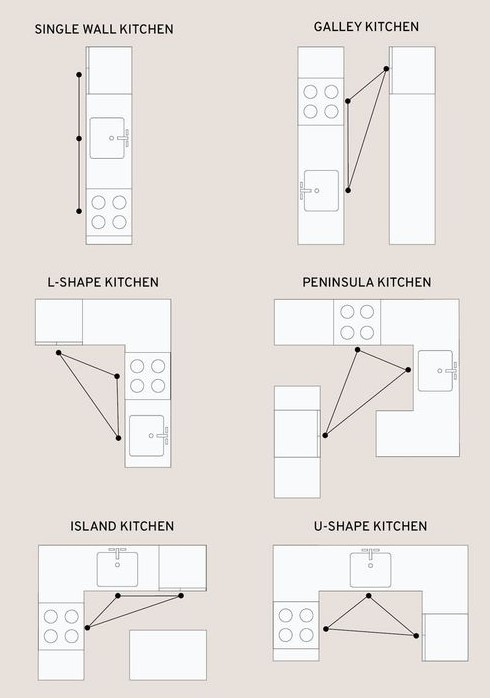
3. Smart Storage Solutions:
Maximize storage space in your modular kitchen by incorporating smart storage solutions. Consider deep drawers with dividers for pots, pans, and utensils, pull-out cabinets for easy access to spices and condiments, and tall units for storing appliances and pantry items. Utilize corner spaces effectively with rotating carousels or pull-out shelves.
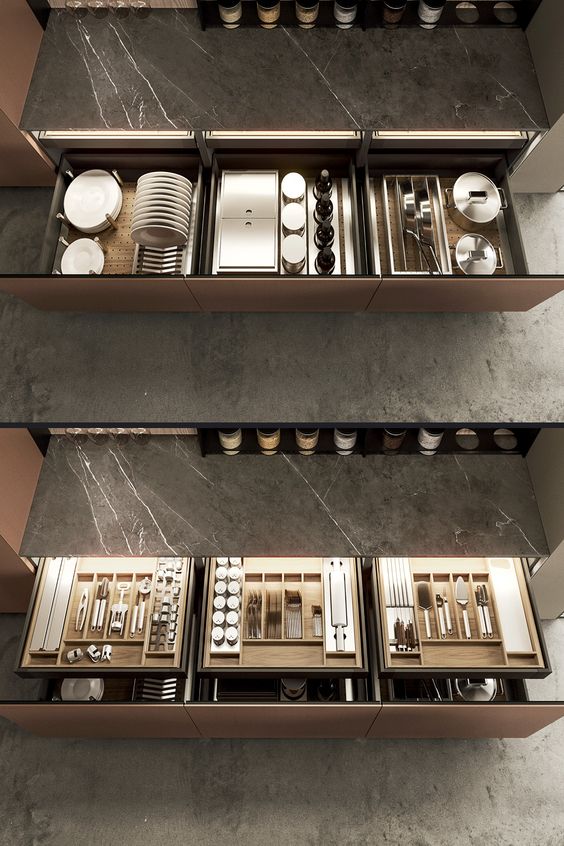
4. Functional Countertops:
Countertops play a crucial role in a modular kitchen, serving as both workspace and focal point. Opt for durable and low-maintenance materials like quartz, granite, or solid surface options. Ensure you have enough countertop space for meal preparation and consider adding a breakfast bar or an island with additional storage.
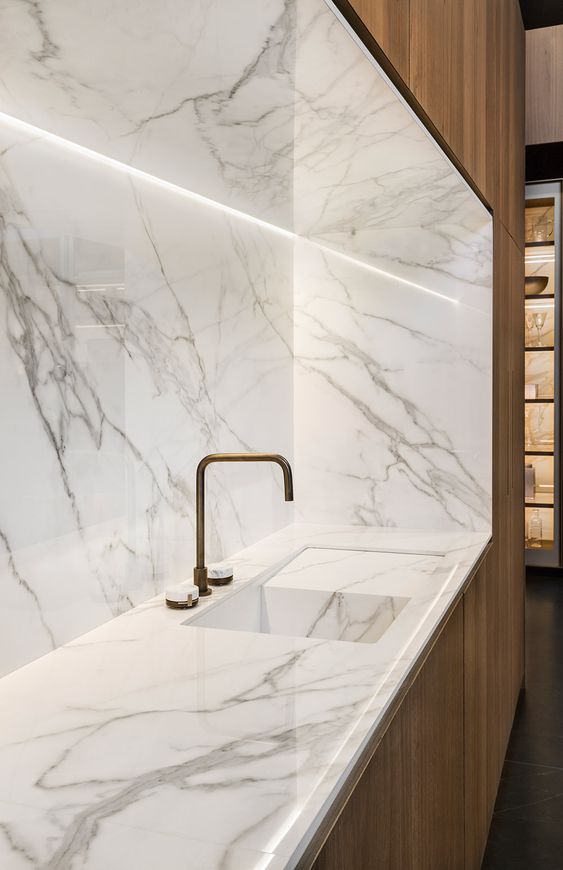
5. Lighting Design:
Good lighting is essential in any kitchen. Incorporate a combination of ambient, task, and accent lighting to create a well-lit and inviting space. Consider under-cabinet lighting for better visibility during food preparation, pendant lights above the island or breakfast bar, and recessed ceiling lights for overall illumination.
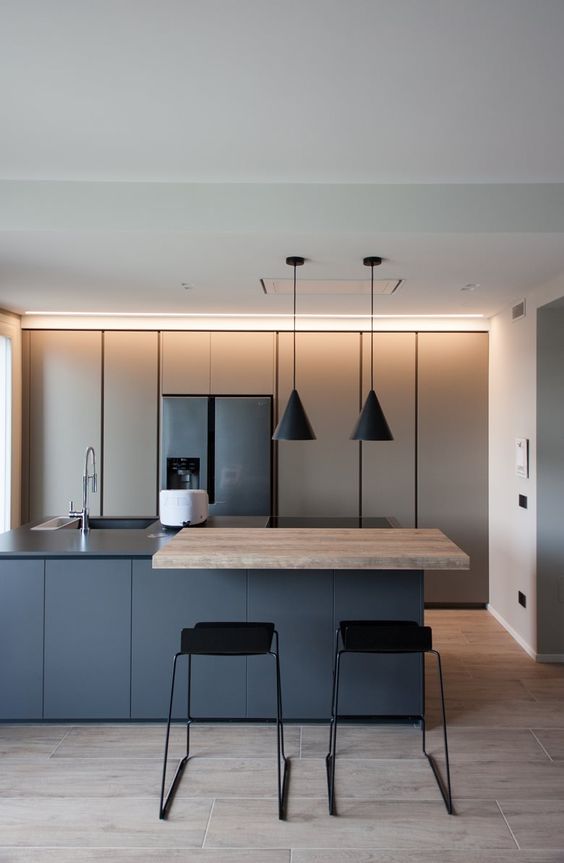
6. Choose Quality Appliances:
Selecting high-quality appliances is vital to the functionality of your modular kitchen. Look for energy-efficient models that suit your cooking preferences and fit seamlessly into your design. Consider built-in ovens, hobs, and dishwashers to maintain a streamlined look while optimizing functionality.
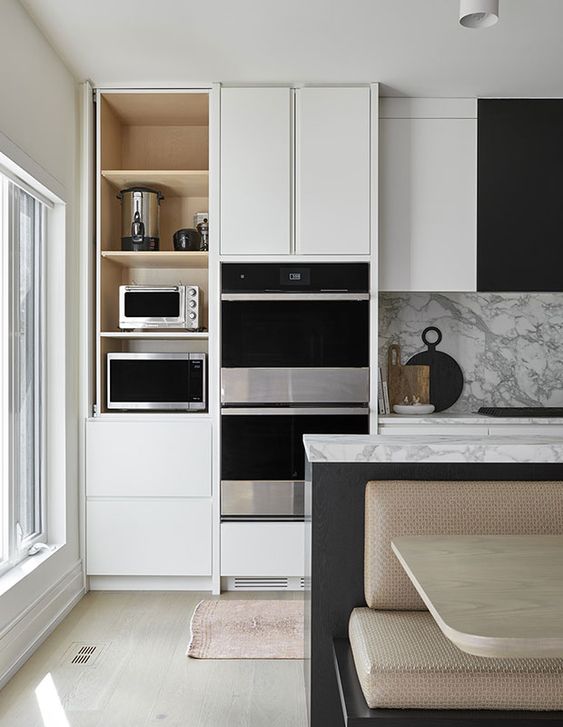
7. Personalize with Finishes and Accessories:
Add a touch of personal style to your modular kitchen with finishes and accessories. Choose cabinet finishes, backsplash tiles, and flooring that reflect your taste and complement the overall design. Incorporate functional accessories like pull-out bins, knife holders, and spice racks to enhance organization and convenience.
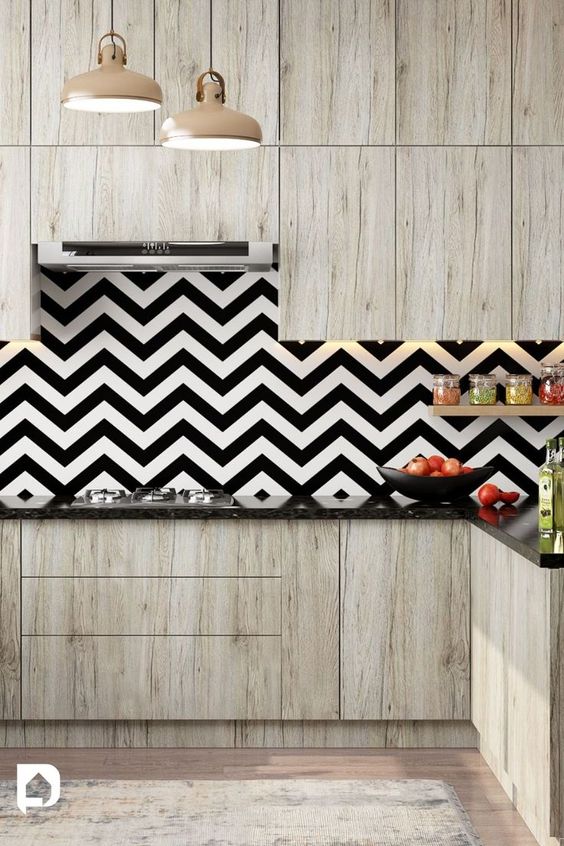
Designing and organizing a modular kitchen is an exciting journey that combines style, functionality, and personalization. By considering your needs, optimizing space, and incorporating smart storage solutions, you can create a kitchen that not only looks stunning but also supports efficient meal preparation. Remember, a well-designed modular kitchen can transform cooking into a joyful and seamless experience. Designing a modular kitchen requires careful planning and attention to detail. With the right strategies and ideas, you can create a kitchen that caters to your needs and enhances your culinary adventures. Happy designing!
For more interior related content you can always visit our website ( www.infiniumblissdesigns.com ) and profile on social media platforms such as Facebook, Instagram and LinkedIn.
